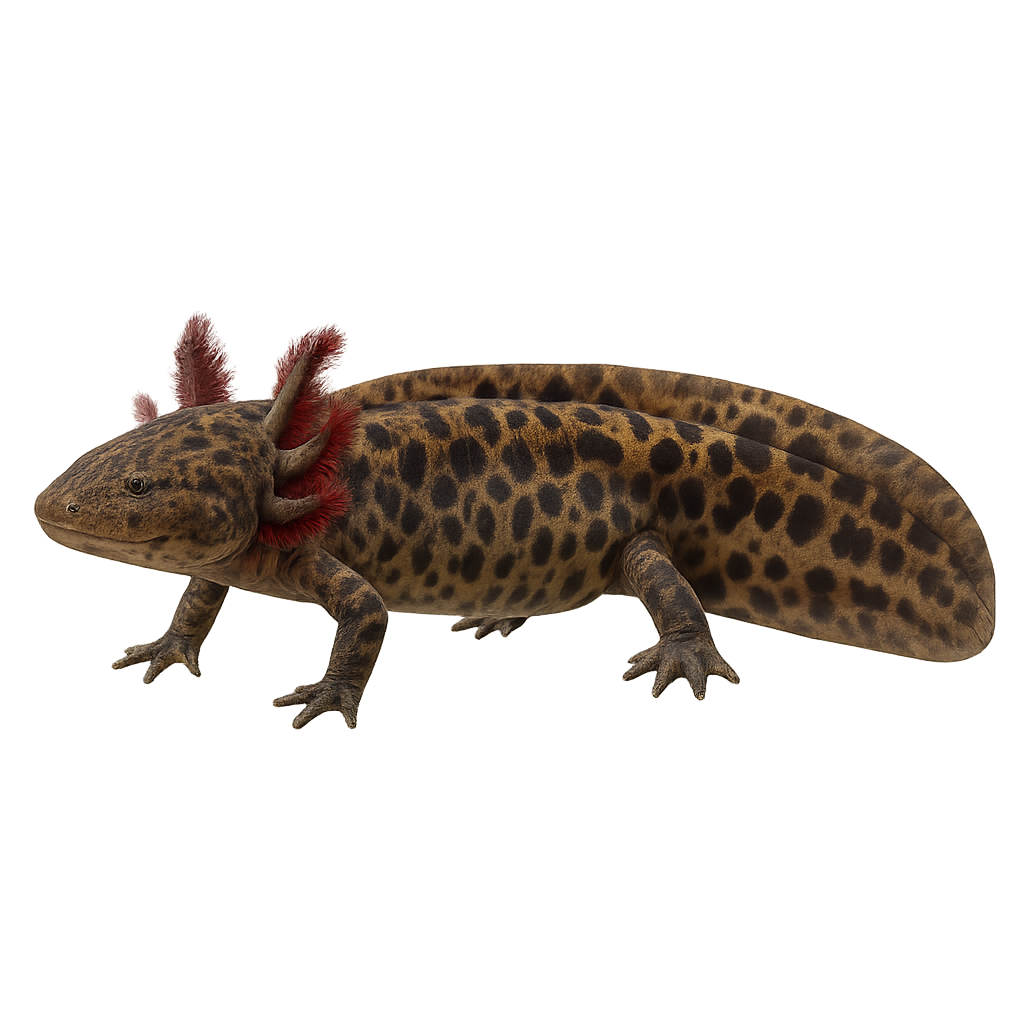Your wildlife photography guide.
Explore the fisher's salamander in detail, study its behavior, prepare your shots.
Where to observe and photograph the fisher's salamander in the wild
Learn where and when to spot the fisher's salamander in the wild, how to identify the species based on distinctive features, and what natural environments it inhabits. The WildlifePhotographer app offers tailored photography tips that reflect the fisher's salamander’s behavior, helping you capture better wildlife images. Explore the full species profile for key information including description, habitat, active periods, and approach techniques.
Fisher’s salamander
Scientific name: Ambystoma andersoni

IUCN Status: Critically Endangered
Family: AMBYSTOMATIDAE
Group: Amphibians
Sensitivity to human approach: Tolerant
Minimum approach distance: 5 m
Reproduction period: April to May
Incubation: 28-42 jours
Births: April to May
Habitat:
Hot springs, marshes and wet meadows
Activity period :
Primarily active during the day, with peak activity in the morning and late afternoon.
Identification and description:
The Fisher’s salamander is an urodele amphibian endemic to the Lake Pátzcuaro basin (Michoacán, Mexico). It inhabits hot springs, marshes and wet meadows at 2030–2120 m elevation. Strictly nocturnal, it feeds on aquatic insects and small crustaceans. During the breeding season (July to September), males become territorial and perform body-undulation displays before egg‐laying.
Recommended lens:
Macro – adjust based on distance, desired framing (portrait or habitat), and approach conditions.
Photography tips:
Photograph the Fisher’s salamander at water level or on the bank of thermal springs using a 100–200 mm macro lens. Use low ISO and shallow depth of field to isolate skin textures, position low, and be patient. Avoid sudden movements to prevent disturbance.
The WildlifePhotographer App is coming soon!
Be the first to explore the best nature spots, track rutting seasons, log your observations, and observe more wildlife.
Already 1 430 wildlife lovers subscribed worldwide

